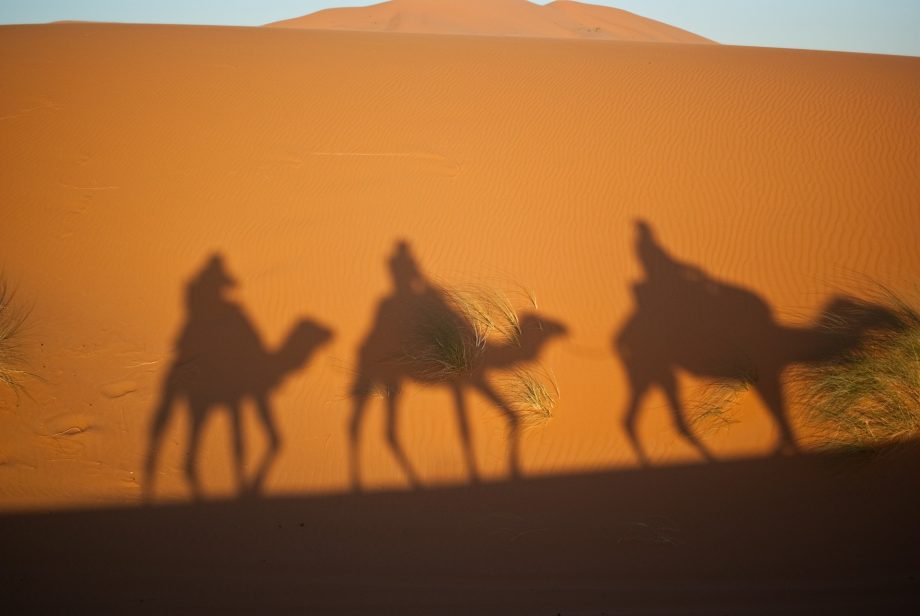For many Christians, the festive season doesn’t officially end until the 12th day of Christmas, known as the “Feast of the Epiphany” or “el dia de Reyes (Three Kings’ Day)”.
All across the Hispanic world, 6th January is known as ‘El Dia de Reyes’ (Three Kings Day) and it is a holiday that represents the height of the Christmas season.
For children living in Latin America and Spain, even though Santa Claus may have gone back to the North Pole, the gift giving isn’t quite over.
The day they are eagerly awaiting is Epiphany, the culmination of the twelve days of Christmas which commemorates the Three Wise Men who travelled from afar, bearing treasured gifts of gold, frankincense and myrrh for the Baby Jesus.
Epiphany marks the biblical adoration of baby Jesus by the Three Wise Men.
According to the Gospel of Matthew, the men found the divine child by following a star across the desert for twelve days to Bethlehem.
Melchior, Caspar, and Balthazar — representing Europe, Arabia, and Africa respectively — travelled by horse, camel, and elephant in order to present baby Jesus with three symbolic gifts.
The gold is a symbolic acknowledgement of Jesus’ royal standing as “King of the Jews,” while the frankincense manifests the divine nature of the baby’s existence since he is not an earthly king but the Son of God.
The myrrh, often used to embalm corpses, was gifted as a symbol of Jesus’ mortality.
Children across Latin America and Spain, to celebrate Epiphany, on the night of 5th January, add figurines of the Three Wise Men to their nativity scene.
Then, as they do on Christmas Eve, they leave out certain items for the Wise Men to deposit gifts in for them.
Typically these items are old shoes, which are left under their bed or in the living room.
Some even go so far as to leave out refreshments for the Three Wise Men and their animals (as they do for Santa’s reindeer).
Camels are known for being a bit sloppy and leave a trail of hay behind that children can follow to find their gifts!
A few days before Epiphany, children will write letters to the Wise Men asking for the gifts they would like to receive.
In Mexico during the evenings preceding 6th January, families will go to the Alameda in Mexico City to a park which has been set up especially for this special event.
Here the children buy multicoloured balloons filled with helium, attach their letters to the Wise Men onto them, and let them drift up into the sky, carrying their wishes with them, to be delivered to the Wise Men.
Across the rest of the world, the festivities come in many different shapes and sizes from feasts being prepared to community parades, even Disneyland puts on a special show.
In most people’s homes, they will celebrate Three Kings Day with a huge feast and finish it with the holiday staple of Rosca de Reyes (King’s Bread).
Within this bread a figurine of the baby Jesus is hidden, and the person whose slice has the figurine, must prepare tamales for everyone on the Day of the Candles, 2nd February.

